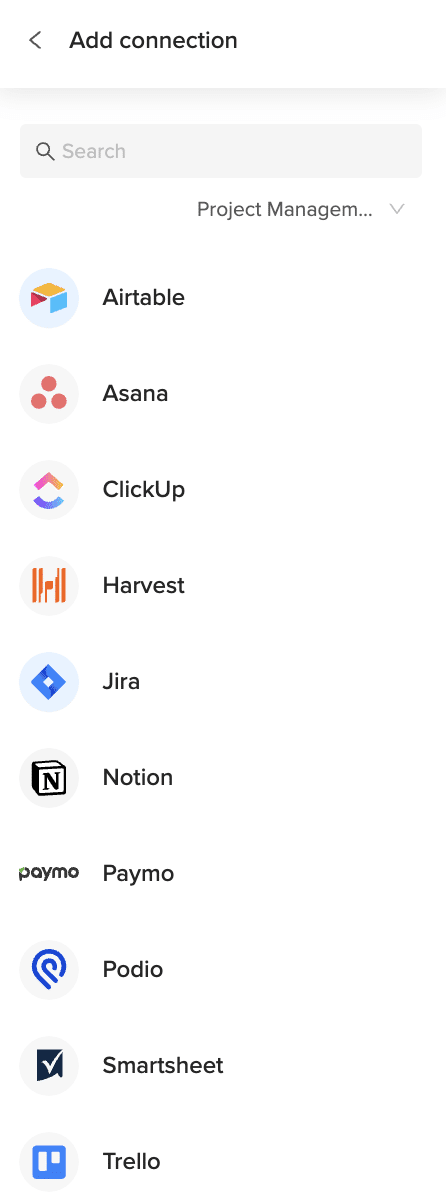Importing Time Tracking data from ClickUp into Google Sheets helps teams analyze resource allocation and improve productivity tracking. Coefficient creates a seamless connection that keeps your time data fresh and actionable.
This guide will show you how to import your ClickUp Time Tracking data into Google Sheets quickly and efficiently.
TLDR
-
Step 1:
Step 1. Open Google Sheets > Extensions > Add-ons > Get add-ons > Install Coefficient from Google Workspace Marketplace.
-
Step 2:
Step 2. Connect your ClickUp account and select the Time Tracking object to import.
-
Step 3:
Step 3. (Optional) Enable auto-refresh to keep your time tracking data updated automatically.
Step-by-Step Guide to Import ClickUp Time Tracking Data
Step 1: Install and Connect Coefficient
Begin by installing the Coefficient add-on for Google Sheets and connecting to your ClickUp account:
- Open your Google Sheet
- Click on Extensions > Add-ons > Get add-ons
- Search for “Coefficient” and install from Google Workspace Marketplace
- Once installed, open the Coefficient sidebar by clicking Extensions > Coefficient > Launch
- In the sidebar, click “Import Data”

Step 2: Select ClickUp and Import Time Tracking Data
Next, select ClickUp from the available connectors and import your Time Tracking data:
- In the Import section, look for ClickUp under “Project Management” integrations
- Click on ClickUp and authorize the connection
- Select “Time Tracking” from the list of available objects
- Choose the time tracking fields you want to import (like task, user, duration, start time, etc.)
- Apply any filters if needed (such as date ranges or specific users)
- Click “Import” to bring the time tracking data into your spreadsheet

Step 3: Set Up Auto-Refresh (Optional)
Keep your ClickUp Time Tracking data up to date by setting up automatic refreshes:
- After importing your data, click on the Coefficient menu in your sheet
- Select the imported ClickUp time tracking data
- Click on “Refresh settings”
- Choose your preferred schedule (hourly, daily, or weekly)
- Confirm your settings to enable auto-refresh

Available ClickUp Objects
- Authorization
- Attachments
- Comments
- Custom Task Types
- Custom Fields
- Docs
- Folders
- Goals
- Guests
- Lists
- Members
- Roles
Frequently Asked Questions
Trusted By Over 50,000 Companies
)






